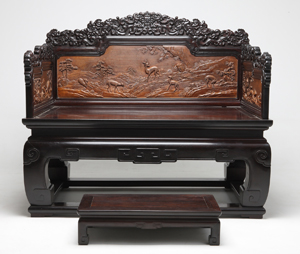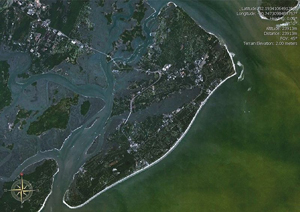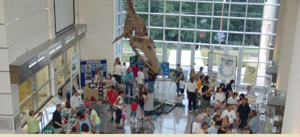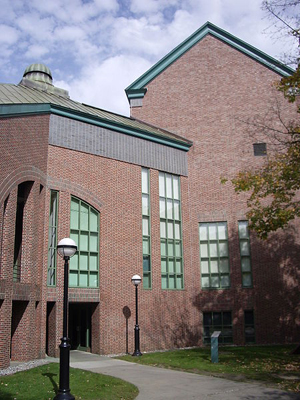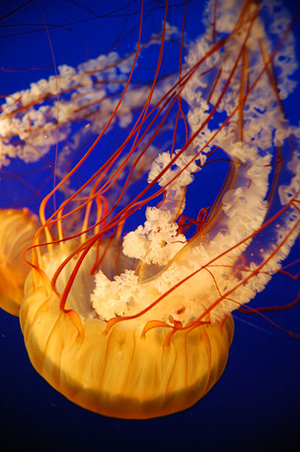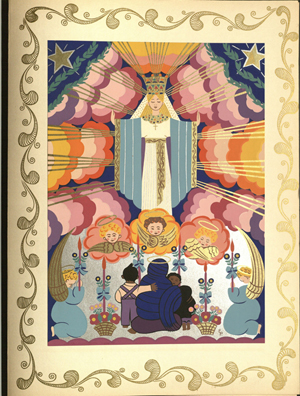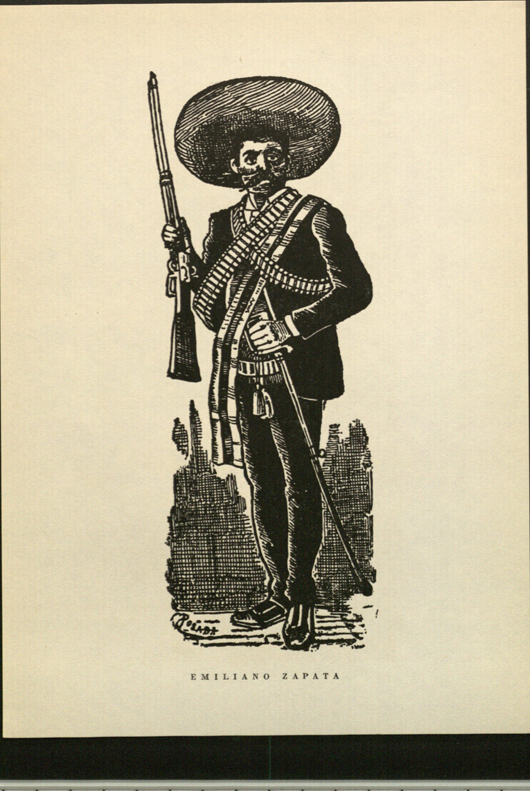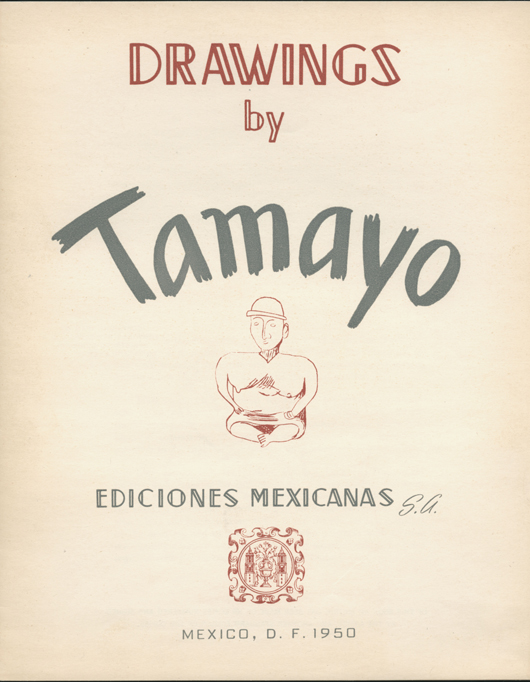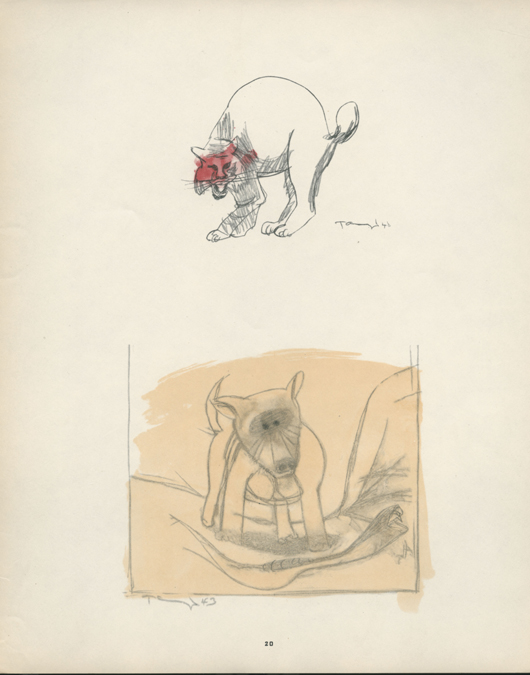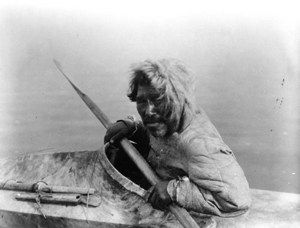LAWTON, Okla. (AP) – The Field Artillery Museum continues to gain new exhibits thanks to the hard work of its staff and volunteers and some outside help from the Walton Foundation and Arvest Bank.
Part of the Berlin Wall and three mannequins portraying the uniform currently worn by soldiers in Iraq and Afghanistan, an African-American Union soldier during the Civil War and a Confederate artilleryman are the newest reasons to revisit the museum, according to Museum Director Gordon Blaker.
The Walton Foundation and Arvest Bank provided funds for four mannequins, but the uniform for the fourth isn’t quite ready yet, he said.
Staff Sgt. Dustin Roderigas, a wounded warrior assigned to Fort Sill’s Warrior Transition Unit, made a leather sword knot for the Confederate mannequin and assembled the entire outfit for the modern soldier, which comes in response to museum visitors who asked to see what the soldiers of today are wearing.
Roderigas, who previously worked on the Battle of the Bulge diorama inside the north gallery, describes himself as “a leatherworker in training.”
The current operations outfit can be seen at the south end of the central gallery. Rodrigeras said an artilleryman overseas today wears an Advanced Combat Helmet (ACH) and Interceptor Body Armor containing small-arms ballistic plates, or “sappy plates,” to protect the soldier from shrapnel and 9mm rounds. Worn front and back, the plates are designed to protect the warrior from at least three pointblank shots of 7.62 NATO rounds.
In addition, the soldier has a load-carrying vest with pouches for all his ammo, a first-aid kit, grenade and personal items he needs for his mission. The vest allows them to take their combat gear off to focus on the job as an artilleryman, or put it on to go into offensive mode as an infantryman. One side is kept clear for carrying either an M-16 rifle or M-4 carbine, and the shoulder on that side has to be clear for the butt-stock of the weapon.
The slot on the front of the helmet is for the rhino mount of the night vision monocle. The optic swings down so that one eye has night vision and the other has normal vision.
On the soldier’s back is a 3-quart Camelbak connected by a tube to a mouthpiece, so the soldier can stay hydrated in hot weather.
The knee and elbow pads are to ward off injuries when soldiers get in close combat. Soldiers often discard the pad on the side they shoot from. This particular soldier will be equipped with an M-4 for urban operations, Roderigas said.
On his right shoulder the soldier wears an infrared tape American flag worn only in country. When aircraft look through thermal optics in their sights, the flag patch registers as a cool spot. The helmet has black infrared reflective tapes that also appear as cool spots, so that the airmen know they’re looking at friendly forces.
Three sections of the Berlin Wall, each approximately a yard wide and 12 feet tall, can be seen at the opposite end of the central gallery. Blaker said they came out of Snow Hall earlier this year. Museum volunteer Harry Shappell, a metalworker, built a frame for the base, and exhibits specialist Zane Mohler put the wood and decking on it.
Following the end of World War II, Germany and its capital city, Berlin, were divided into four occupation zones. Each zone was controlled by one of the four Allies: the U.S., Great Britain, France and the Soviet Union. The plan was that following a period of occupation, the zones would be reunited into a new Germany. Soviet leader Josef Stalin soon decided to try to seize control of Berlin and eventually all of Germany.
The growing conflict between the communists and the Western allies became known as the Cold War. In 1949 the Soviet Union sealed off all the land and water routes to Berlin in an attempt to drive the American, British and French allies out of Berlin. The Allies responded by beginning the Berlin airlift to supply the city with food, fuel and necessities entirely by aircraft. Over the next year the U.S. and British air forces flew 200,000 flights carrying 13,000 tons of supplies into the city. The Soviets were humiliated and reacted by creating the German Democratic Republic, or East Germany. Through the 1950s an ever-increasing number of East Germans fled the oppression and poverty of the East, Blaker said.
In August 1961 East Germany closed the border between the East and West sectors of Berlin. Construction of a concrete wall began to seal off the 124-milelong border around West Berlin.
From 1961 to 1989 approximately 5,000 people successfully defected to the West. An estimated 150 people were shot to death trying to cross the Wall, the last less than one year before the wall came down.
The museums’ three sections of reinforced concrete are from the fourth and final generation of the Berlin Wall built between 1975 and 1980. The new wall was topped by a large pipe to make scaling extremely difficult, Blaker noted.
Blaker said that by the time the Civil War ended, one out of every 10 Union soldiers was African American. The units were designated United States Colored Troops (U.S.C.T.) and included infantry, cavalry and light and heavy artillery units. More than 178,000 freed slaves and free blacks served in 175 U.S.C.T. regiments. Typically these were all-black regiments commanded by white officers, but a handful of them were commanded by black officers.
Blaker worked with volunteer Carrie Starsnic on the Confederate soldier. The museum director said she was the museum’s seamstress and did a lot of the work in padding up the mannequins and making them look good. She also sewed flags on backgrounds of exhibits. She and her husband just relocated to South Carolina, and Blaker said he doesn’t have anybody to replace her.
___
Information from: The Lawton Constitution, http://www.swoknews.com
Copyright 2010 Associated Press. All rights reserved. This material may not be published, broadcast, rewritten, or redistributed.
AP-WS-07-25-10 0103EDT


